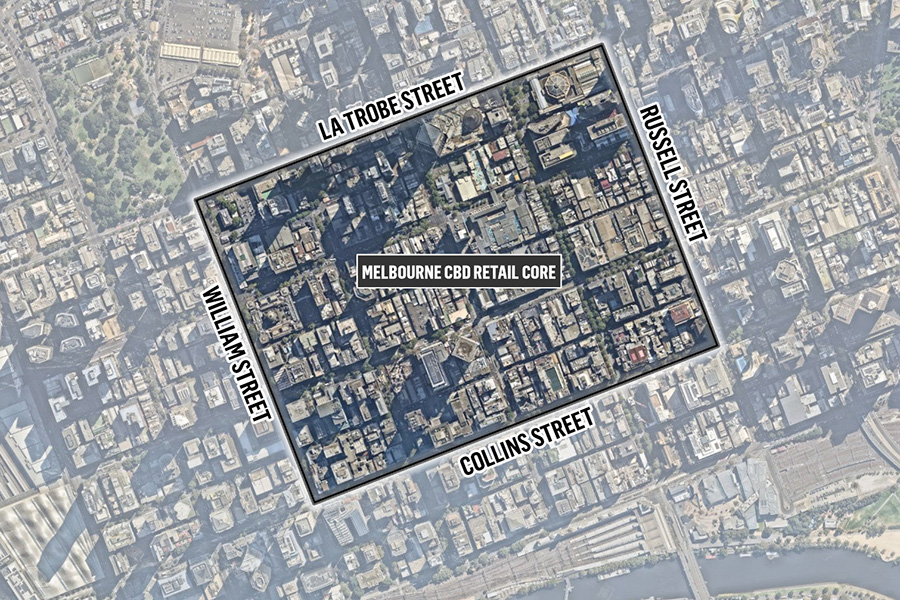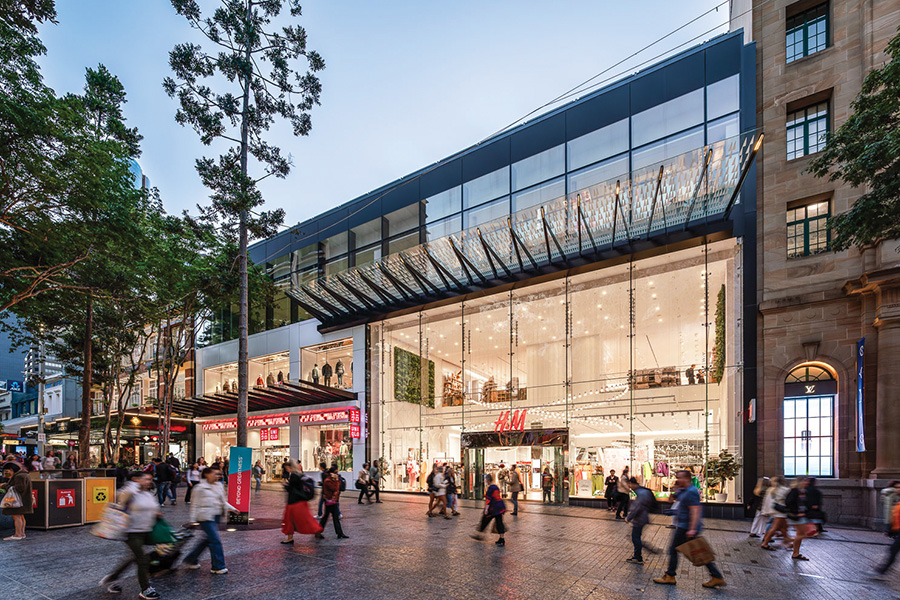One of the problems with ‘public opinion’ is that often the public doesn’t have sufficient knowledge to form one! ‘Percentage Rent’ has loomed into the commercial arena recently, with the publicity received engendering discussion. “Seems equitable – tough times so you pay a percentage; sales are down so both parties take a hit. Sales improve, both parties enjoy the rewards; seems fair enough.” If only it were that simple…
In our world, people, organisations, businesses, produce stuff and sell it. If the market wants it and the price is right, the product is purchased; if it costs less to produce than the sale price, a profit is made. And that is how the commercial world works. It’s quite simple.
A common misconception is that shopping centres are about retail. They are not; they’re about property. We sell stuff, just like retailers; they sell what they sell and we sell space.
Of course, we have some great relationships with retailers, they could well be called ‘strategic alliances’, often we call them ‘partners’ but that term is used loosely, referring to the relationship, as distinct from a formal commercial agreement. We have ‘relationships’ with other commercial enterprises outside the retail sphere – banks, building societies, travel agents, cinemas, bowling alleys, gymnasiums – all non-retailers. The list goes on; we sell our product to doctors in medical centres, physiotherapists, masseurs, financial advisors, child-care centres – to name but a few.
The fact that we tailor our product to make shopping easier, is a somewhat spurious issue; that’s simply a choice made by an owner/manager; it doesn’t alter what we sell. A perfume producer might spend a fortune on packaging, on presentation, on ‘gift imaging’, but the fact is they sell what’s in the bottle; how they dress it up is their affair. We provide space for retailers. We dress it up with car parking, connections to public transport, centre marketing, decorated malls, air-conditioning, controlled tenancy mixes, leisure areas… the list goes on. We put a package together and offer it for sale; a retailer can buy it for a period – say a five-year lease – or not; it’s their choice.
It’s well to point out here that our industry in Australia is subject to the most stringent controls in the world in terms of how we can do business in the field of retail shopping centre leasing. We are subject to rigorous Codes of Conduct, to exacting Retail Lease Legislation that stipulates terms of leases, restrictions on rental increases, the requirement to provide disclosure statements and a multitude of other legal requirements, to which we must adhere. In Australia, small retail businesses have a legal protection unmatched in any western country across the globe. We accept that unconditionally, and although we may grumble a bit, as an industry in general, we support such legislation.
The shopping centre industry in Australia, since its inception in the 1950s, has been a great success for all stakeholders – owners, retailers and the general public at large. In its 50-odd year history, the shopping centre has progressed from its humble beginnings as a convenient box for one-stop shopping, to an integral part of community infrastructure that has enriched the quality of suburban living. The suburban or regional shopping centre in Australia has provided investors from pension funds to mum and dad speculators, with a solid and professionally managed investment, and created for both small and large retailers a sophisticated platform to reach their customers.
How well we do with our product – the space – results in our commercial success or failure. Lease negotiations are always critical. In very buoyant times, when disposable income across the nation is high, we have a slight advantage; our space becomes more valuable. In leaner times, the retailer has an advantage, our space becomes less valuable. That’s the nature of the game. It’s always been so; it’s called a market economy. We don’t live in an authoritarian or controlled state; business is competitive.
Yet generally speaking, relationships between landlords and retailers have always been sound. Each party has recognised the commercial objectives of the other. At the end of a lease negotiation, it’s likely that each party thinks they might have done better; compromise is the key. Some make greater concessions, others less, but the principle of ‘win-win’ is always the understood objective, and that forms the basis of the relationship.
Of course, it doesn’t always run smoothly; wars, natural disasters, global financial crises, upset the norm. When such occur, co-existence, mutual understanding and unity are the paramount requisites. Division is mindless, ruinous and destructive.
COVID-19 has placed us in a uniquely testing time. Without warning, it has confronted us with the most serious threat to our general well-being since the Second World War. In our industry, division has reared its ugly head; it is time for it to end. Parts (and only parts) of the retail industry have adopted a divisive strategy; it’s been led by Premier Investments, which has championed a ‘percentage rent’ adoption. It has gained some momentum; commentators and other retailers have seen it as a possibly valid solution. It’s a spurious issue that makes no positive contribution to the overall problem at all; it is simply a strategy to gain the upper hand and a commercial advantage, when what is needed is equal suffering.
On the landlord side, some $1.6 billion has been allocated for lost rental revenue; massive expenditure on other aspects of centre management and operations has occurred. This loss of revenue, the closure of centres, the disruption, has resulted in massive asset value reductions which, in turn, have been reflected in the share price plunges of all major shopping centre owners. The ASX figures show it clearly.
In contrast, Premier Investment’s share price five years ago was below $12.00. During the last five-year period, it has risen to $18.58; an increase in excess of 56%. During the COVID year, it has risen from $15.00 to $18.58; an increase of 19.23%. Not bad in a year of crisis (time of writing September 11).
Some might opine this is spurious reasoning. It may well be, but it is no more spurious than the reasoning for change of lease from fixed, to percentage rent. If I had bought a pair of jeans in a Premier shop last year, then taken them back after COVID requesting a price reduction in light of my now reduced circumstances, I wonder what answer would have been forthcoming?
This is not a time for opportunism; it’s not a time for ‘winning’; it’s not a time for gaining advantage. It is most definitely not a time for division.
Let’s not cloud the issue here. The shopping centre industry and the retail industry ought to draw on their history. Yes, we’ve had battles and we always will; that, as previously stated, is the nature of our relationship. But in winning a battle, neither of us has lost the war. Both our industries have had a good run over the past 50-odd years. This is the biggest crisis either of us has faced. We are both going to lose, as is every other person in this country. Let’s pull together and lose as little as we can.





















